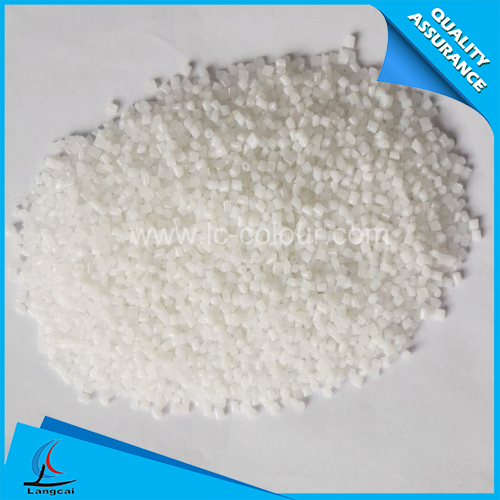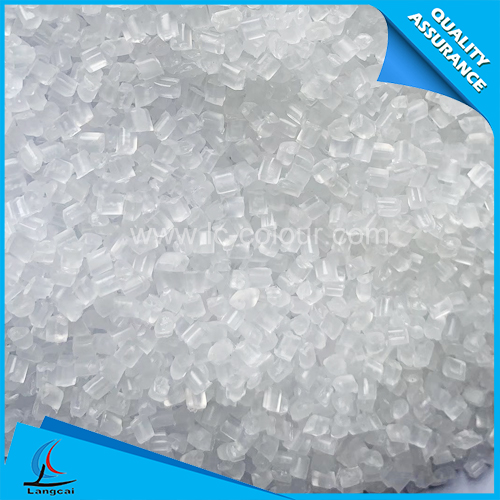- Nonwoven Fabrics
- Tailor Made Masterbatch
- Plastic Masterbatch
- Chemical Fiber Masterbatch
- Functional Masterbatch
- Machinery
- Spunbond PP Nonwoven Masterbatch
- Mono Color Masterbatch
- Liquid Color Masterbatch
- Non-woven Masterbatch
- Polyester Fiber Masterbatch
- Nylon Fiber Masterbatch
- Polypropylene Fiber Masterbatch
- Lab Nonwoven Machine
- Lab BCF Machine
- Dryer
- Filler Masterbatch
- How can the refined cotton industry navigate through the trade fog between China and Japan
- Why choose Mono Color Masterbatches? Three major advantages highlight value!
- The "Symbiotic code" between domestic and overseas markets
- The application advantages of Plastic Masterbatches are remarkable!
- How will the "balanced development of imports and exports" be promoted during the "15th Five-Year Plan" period?
- Why choose Mono Color Masterbatches?
- Phone:00836 - +86-535-8484358
- Email:wendy@ytlc-colour.com
- Address:DALAN INDUSTRIAL PARK, ZHANGXING TOWN, ZHAOYUAN CITY, SHANDONG, CHINA
Masterbatch is a new type of special colorant for polymer materials. In order to enable it to bring better results to users, there will be a series of quality inspections during production. Common tests include color, dispersibility, ash, melt index, temperature resistance level, etc.
1. Color and dispersion detection:
1. Color masterbatch detection: the same raw materials as the carrier are added in proportion (1% or 2%), and 2.5 mm thick flakes can be obtained by injection molding at a temperature of 170°C-190°C (depending on the raw material). The color of the sample is contrasted. The light color can be tested with a colorimeter during comparison, and the dark color can be compared and debugged under good light conditions based on experience.
2. The dispersibility is pressed into a film at the same ratio and temperature, and the number of pigment particles is observed.
2. Ash content and melt index test:
1. Ash is the proportion of ashes after a certain amount of color masterbatch is completely burned.
2, the melt index is the value obtained every 10 minutes at a temperature of 190°C and 2.16KG.
3. Finished product testing method.
1, tinting strength and shade inspection method
Weigh 5g of color masterbatch and 200g of natural resin and mix them, roll it into a sheet in a two-roll plastic mill, accurately weigh 10g of plasticizing material, put it into a mold with a cavity height of 0.1mm, and press it with a pressure forming machine. Thin slices are compared with the original standard of known concentration. The shade is similar to the standard, and the ratio of tinting strength to the standard is ±5%.
2, fineness determination
Weigh 1g of product and 100g of natural resin and mix it evenly, then roll it on a two-roll plastic machine to form a sheet, and observe the particle size with a microscope (according to product requirements, count the diameters of 0.5mm, 2nm, 10nm and more than 30nm Number of pigment particles).
3. Determination of fineness by pressure rise method
This experiment is to mix color masterbatch and natural color pellets in an extruder, the ratio of which is 4%, and then use a gear pump to press it into the filter group, and the pressure formed in front of the filter is performed against time Plot. The quality index of the color masterbatch is called "filter pressure value". Generally, the quality of the masterbatch can be evaluated according to the pressure value of 90 minutes of extrusion. The lower the pressure filter value, the better the quality.
4. Dispersion measurement
Weigh 20g sample, add 500g high pressure polyethylene (or polypropylene) (1:25), stir and mix evenly, then blow the film. The film thickness is 0.04-0.06mm. Then, go to a piece of 2cm*5cm film, place it in two glass slides, and use an optical microscope to magnify 400 times to observe its dispersion. It is required to achieve uniform dispersion.
5. Determination of light fastness and weather resistance.
6. Determination of heat resistance.
After passing these series of tests, if there is no problem, the masterbatch can be packaged and left out.
- Why choose Mono Color Masterbatches? Three major advantages highlight value!
- How can the refined cotton industry navigate through the trade fog between China and Japan
- The application advantages of Plastic Masterbatches are remarkable!
- The "Symbiotic code" between domestic and overseas markets
- Why choose Mono Color Masterbatches?
- How will the "balanced development of imports and exports" be promoted during the "15th Fi
- What are the prominent advantages of Plastic Masterbatches?
- The opening ceremony of the 9th China Textile Intangible Cultural Heritage Conference was
- Explore the performance optimization and efficient coloring of Mono Color Masterbatches!
- What pressure does the United States' promotion of US-India trade cooperation bring to Chi


